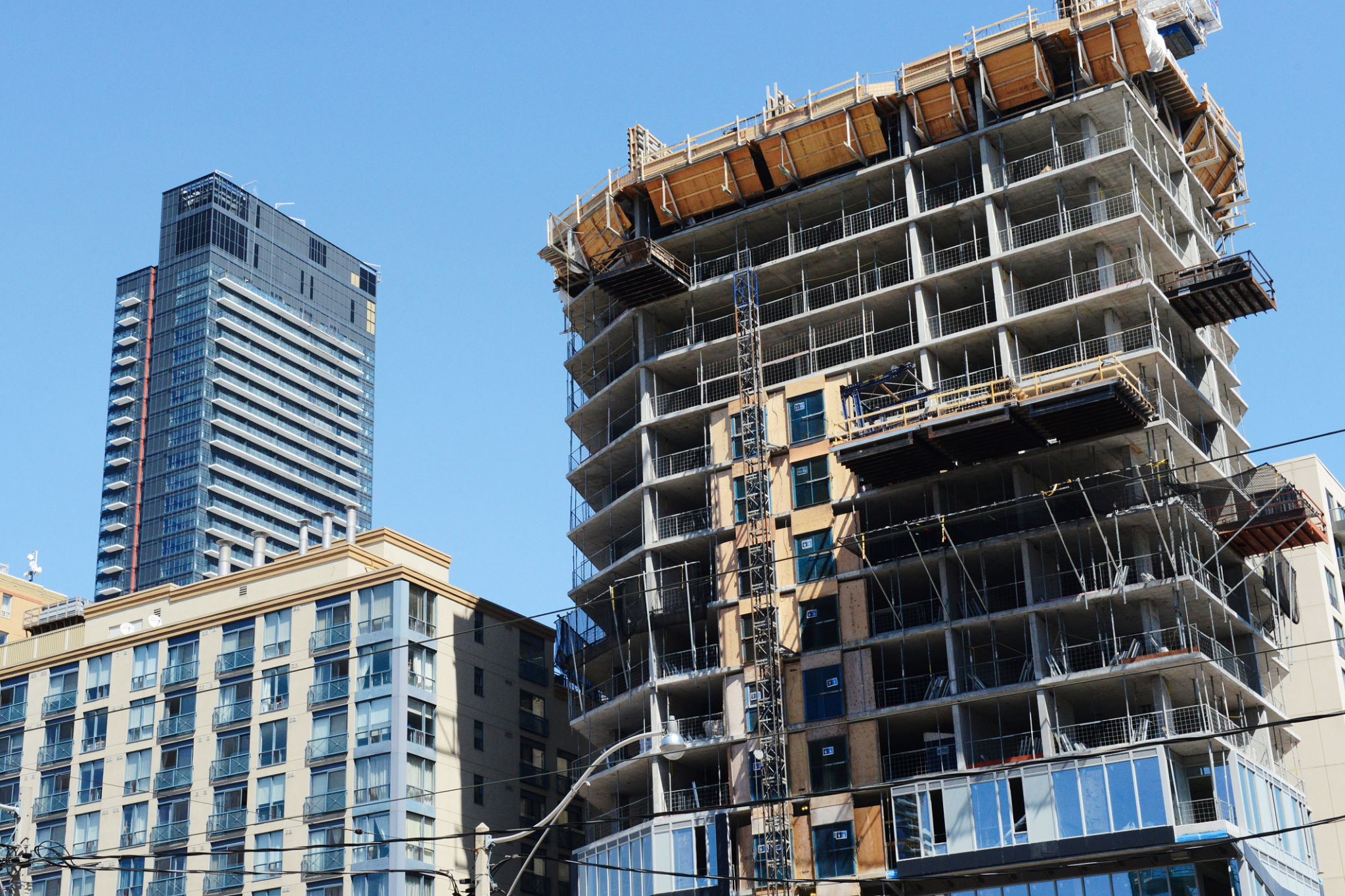Navigating Building Codes in Toronto: Essential Tips for a Smooth Construction Process
Building a structure in Toronto requires more than just a solid blueprint and a skilled team. Navigating the intricate web of building codes is crucial for ensuring a smooth construction process. Understanding these regulations not only helps avoid potential legal issues but also ensures the safety and functionality of the building.
Understanding the Basics of Toronto Building Codes
Toronto's building codes are a set of minimum requirements designed to ensure public safety, health, and general welfare as they relate to the construction and occupancy of buildings. These codes are updated regularly to incorporate new technologies and address emerging safety issues. Familiarizing yourself with these codes is essential before starting any construction project.

Key Areas Covered by Building Codes
Building codes in Toronto cover various aspects, including structural integrity, fire safety, plumbing, and electrical systems. These codes are formulated to ensure that all buildings meet a certain standard of safety and efficiency. It’s important to consult the latest version of the Ontario Building Code, as it provides comprehensive guidelines applicable across Toronto.
For specific projects, additional regulations may apply depending on the type of construction, such as residential, commercial, or industrial. These might include accessibility standards and energy efficiency requirements. Consulting with a professional who has expertise in local building codes can be invaluable.
The Permit Process: A Step-by-Step Guide
Before breaking ground, obtaining the necessary permits is a crucial step. The process typically involves submitting detailed plans to the city’s building department for review. Here's a simplified breakdown:
- Prepare your plans: Ensure your designs comply with all relevant building codes.
- Submit your application: Include all necessary documentation and pay applicable fees.
- Review Period: The city will review your plans to ensure compliance with codes.
- Receive your permit: Once approved, you can begin construction.

Common Challenges and How to Overcome Them
Navigating building codes can be challenging due to their complexity and the frequent updates. One common issue is ensuring compliance with both local and provincial regulations, which can sometimes differ. This is why hiring an experienced architect or contractor familiar with Toronto’s specific requirements is highly recommended.
Another challenge is keeping up with changes in technology and materials that might affect code compliance. Engaging with professionals who stay current with industry developments can help address these concerns efficiently.
Working with Professionals
To streamline the construction process, working with professionals such as architects, engineers, and contractors who have extensive knowledge of local building codes is beneficial. These experts can provide insights into potential hurdles and offer solutions to ensure compliance throughout the construction process.

In addition to professionals, leveraging digital tools such as project management software can help keep track of compliance milestones, document submissions, and deadlines, further facilitating a smooth process.
Conclusion
Navigating building codes in Toronto may seem daunting at first, but with careful planning and the right support, it becomes manageable. By understanding the basics, following the permit process diligently, and working with knowledgeable professionals, you can ensure that your construction project proceeds smoothly and successfully.